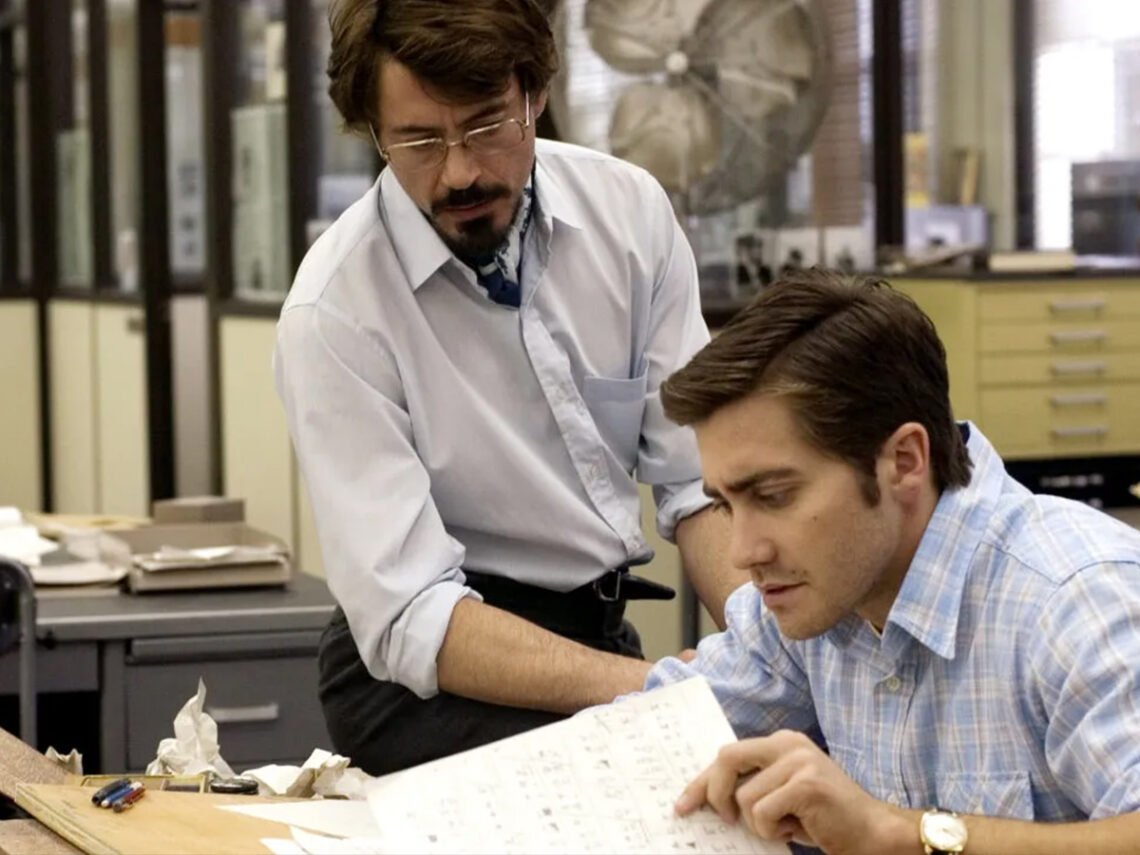
David Fincher’s ‘Zodiac’ explained: Who is the killer?
David Fincher‘s 2007 true-crime thriller Zodiac sees a group of detectives and crime reporters struggle to piece together evidence that points towards a serial killer identifiable only through code and symbols, in one of the most compelling movies the director has created. With his trademark clinical precision, Fincher creates the chilling atmosphere this sprawling neo-noir mystery needs, as he adapting a true story told in print by one of its protagonists.
San Francisco Chronicle cartoonist Robert Graysmith, who’s portrayed by Jake Gyllenhaal, is the person whose source material gave rise to the movie. Graysmith’s relentless obsession with tracking down the man who killed five people in the Bay Area in the late 1960s and early ’70s produced two books, but cost him his wife and family. Yet it’s his persistence, while other Chronicle reporters appear stumped by the coded letters and evidence they’re receiving from the killer, that brings the police closer to catching the killer.
He helps Chronicle investigative journalist Paul Avery, played by Robert Downey Jr, discover the basis for the code that the Zodiac killer uses in his letters, and recognises that the quote “Man is the most dangerous animal” originates from the horror novel The Most Dangerous Game. This latter clue appears to implicate the first genuine suspect that the police identify in the case.
The suspect is Arthur Leigh Allen, a former teacher fired from his job for sexually abusing his pupils, who tells investigators during an interview that The Most Dangerous Game was his “favourite book in high school”. What’s more, Mark Ruffalo’s police inspector Dave Toschi spots that Allen is wearing a Zodiac brand watch, with the exact symbol that the killer included in some of his letters.
So did Leigh Allen commit the murders?
When he met the real-life Toschi to prepare for his role, Ruffalo recalled the detective telling him about Allen, “As soon as that guy walked in the door, I knew it was him.” And yet, Allen was never charged with or convicted of any of the Zodiac killer’s crimes. He later served a suspended prison sentence under probation for sexually harassing a child, but otherwise he walked free.
The problem was, although the police – and Graysmith – collected a stack of circumstantial evidence implicating Allen in the Zodiac killings, including where he lived, his whereabouts on the dates of the murders, his birthday, and his various links to the killer’s use of code and symbolism, they couldn’t find any physical proof. Allen’s handwriting and fingerprints didn’t match the killer’s. Without physical evidence, the police were unable to bring him to trial.
This discrepancy between circumstantial and physical evidence is what drove Graysmith’s obsession with the case and with Allen. In the film’s penultimate scene, he finds Allen working in a new job more than a decade after the investigation started. Graysmith simply stares the suspect down, unable to say or do anything about the fact that he continued to live freely in society.
In a tragic coincidence, the same year that Allen died one of the Zodiac killer’s surviving victims identified him as the man who attacked him. “That’s him!” 1969 victim Michael Mageau confirmed, pointing at a mugshot of Allen in a line-up of police photos. “It’s the man who shot me!” That was in 1992, just months after Allen had passed away. If he really was the Zodiac killer, he was never brought to justice.
As a card reads prior to the movie’s end credits, the case remains open today. Several other suspects have since been identified, but none of them has a viable case against them. Zodiac may never be found, but it’s certainly not for want of trying. And Fincher’s dramatisation is a more worthy standard bearer for true crime than most other content on Netflix today.